It might be an understatement, but humanity has a bit of a small problem regarding food supply.
In particular, the food industry has grown dependent on only a few major crops, making worldwide food consumption overly-reliant on maize, soybean, rice, and wheat. Subsequently, it neglects to make proper use of a massive selection of edible crops.
Crops For The Future, an international organization focused on promoting crop diversity, affirms that only fifteen species provide over 90% of the world’s food intake.
Luckily, it doesn’t have to be that way anymore.
Multiple cultures around the world have enjoyed the most diverse food crops their soils could cultivate, and now you can have access to these exotic delights. Take your palate to an exquisite journey and discover the top ten uncommon food crops you’ll want to try right now.
10 – Amaranth
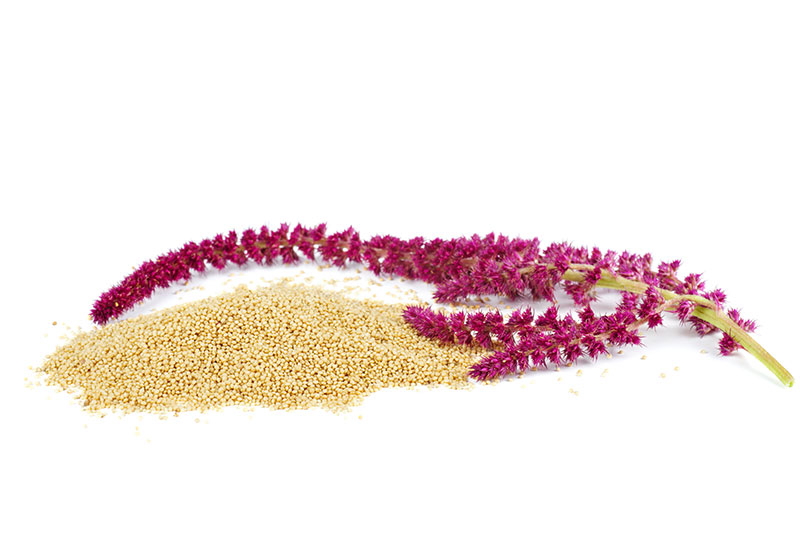
Amaranth species have been a traditional staple food in Africa, Central, and South America for hundreds of years.
Most amaranth plants are highly versatile. For starters, their leaves are edible and have a nutritional value similar to other leafy greens, while being exceptionally rich in protein, carotenoids, and vitamin C.
Similarly, their seeds are considered a fantastic pseudo-cereal, rich in dietary minerals.
9 – Breadfruit
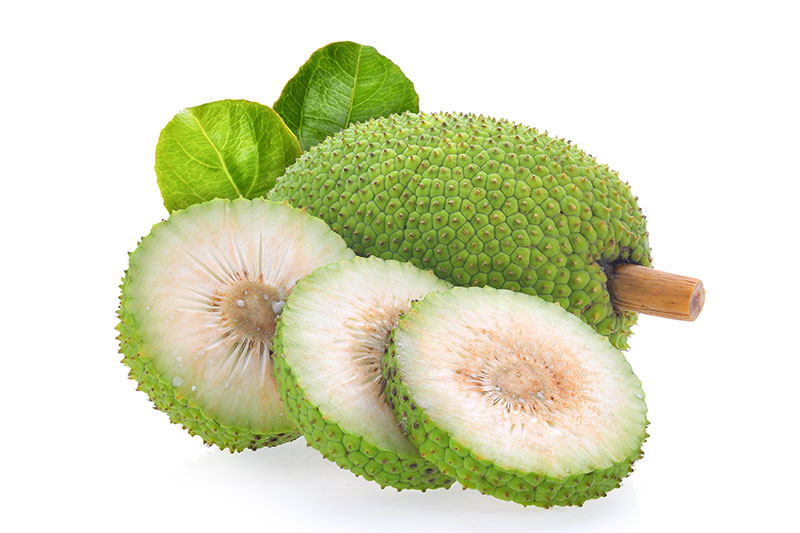
Artocarpus altilis is a flowering tree that produces a grapefruit-sized fruit that has become staple food on the tables of most tropical countries. It isn’t eaten raw but cooked and prepared in a plethora of ways.
Its particular name answers to its flavor—once prepared, it boasts of a starchy taste similar to that of bread. It can be baked, roasted, boiled, or fried, and it’s an important source of vitamin C and potassium.
8 – Moringa
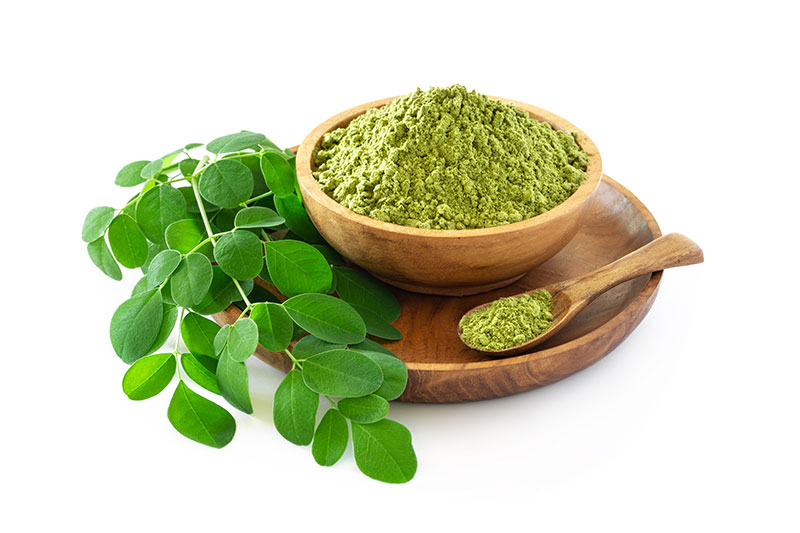
Moringa is a tropical tree that grows fast, can thrive in almost all environments. Its usage is common in Southeast Asia.
The tree’s leaves have a texture similar to spinach and are rich in nutrients. The plant’s seed pods, additionally, have high levels of vitamin C and fiber, while the seed itself can be roasted and consumed like nuts.
Best part? It’s rich in antioxidants, can lower blood sugar levels, and may even lower cholesterol.
7 – Bambara bean
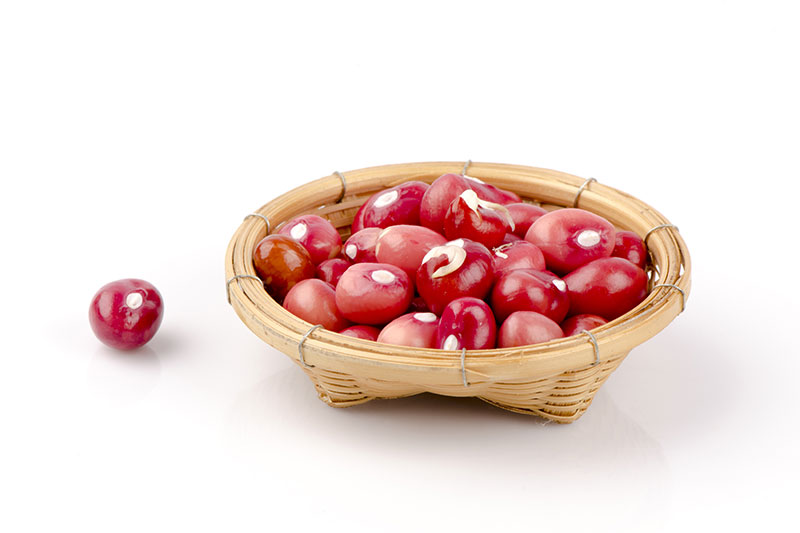
The Bambara bean is one of the hidden nutritional jewels of Africa. It grows quite quickly in hostile environments, making it one of the essential foods of semiarid African countries.
Often considered a complete food, this legume is 60% carbohydrates, 20% proteins, and 7% oil. It can be roasted, boiled, fried, and even grounded into a fine powder that works as flour.
6 – Okra
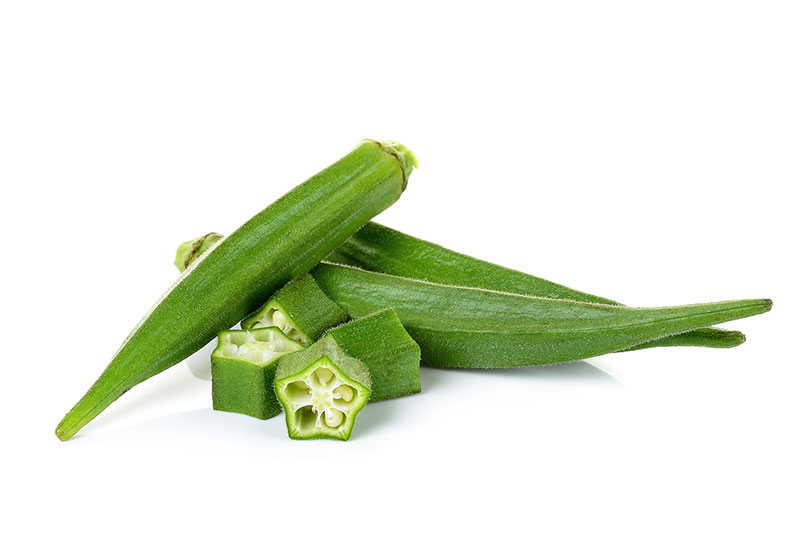
Abelmoschus esculentus, most commonly known as okra or ochro, is a small flowering plant that thrives in warm environments, mainly tropical and subtropical areas.
Easy to grow and hardly ever affected by pests or diseases, okra is a staple food in many underdeveloped areas across Africa and Southeast Asia. Its leaves, pods, and seeds are edible, delicious, and extremely rich in vitamin B6, folic acid, and protein.
5 – Japanese Raisin Tree
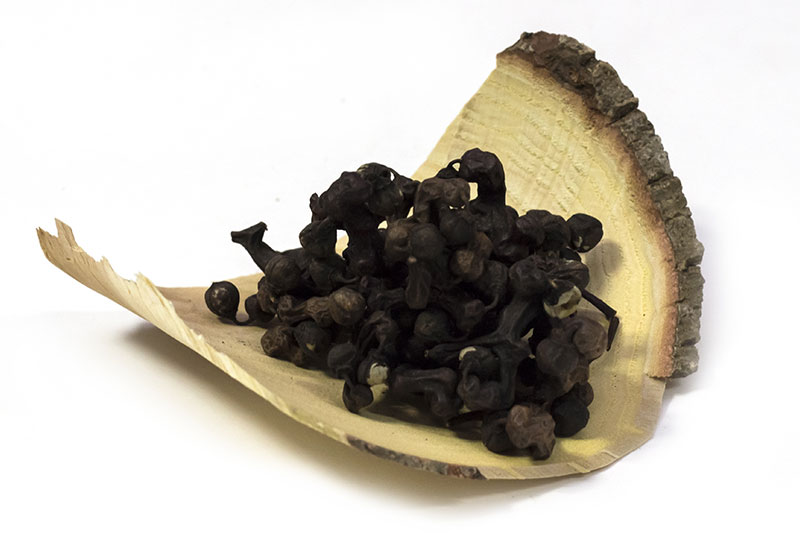
Also known as the oriental raisin tree, Hovenia Dulcis is a sturdy tree common in Eastern Asia.
It produces edible fruit, vastly appreciated thanks to its fragrant smell and sweet taste. They can be eaten raw or cooked, but after dried, they resemble regular raisins in both appearance and taste.
Oh, and traditional medicine believes it to be a potent cure for hangovers. In case you need it.
4 – Tamarind
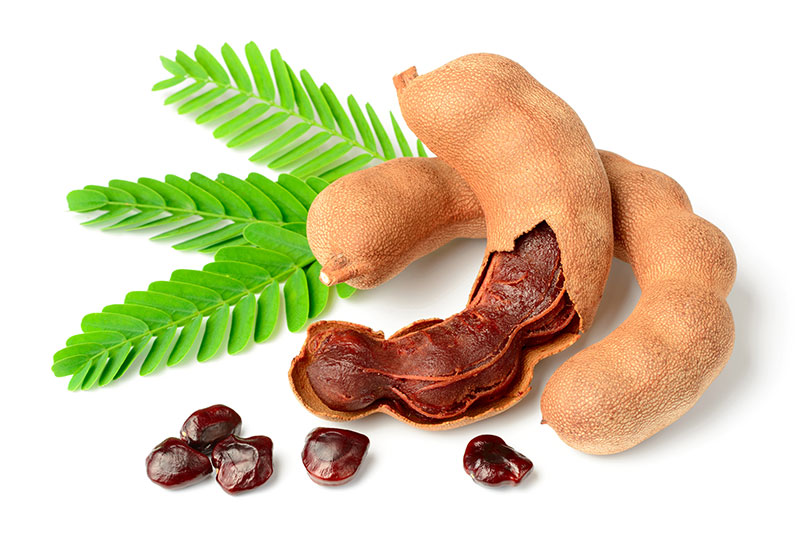
The tamarind tree, Tamarindus indica, produces a fruit that is widely appreciated in tropical countries for its delicious sweet-sour taste and its magnificent nutritional properties.
It produces pods filled with seeds surrounded by a fleshy pulp. Said pulp can be used for cooking, juices, desserts, drinks, amongst other uses.
Best part? Tamarind displays powerful antioxidant and anti-inflammatory properties, and research estimates it might also be anticarcinogenic.
3 – Tomatillo
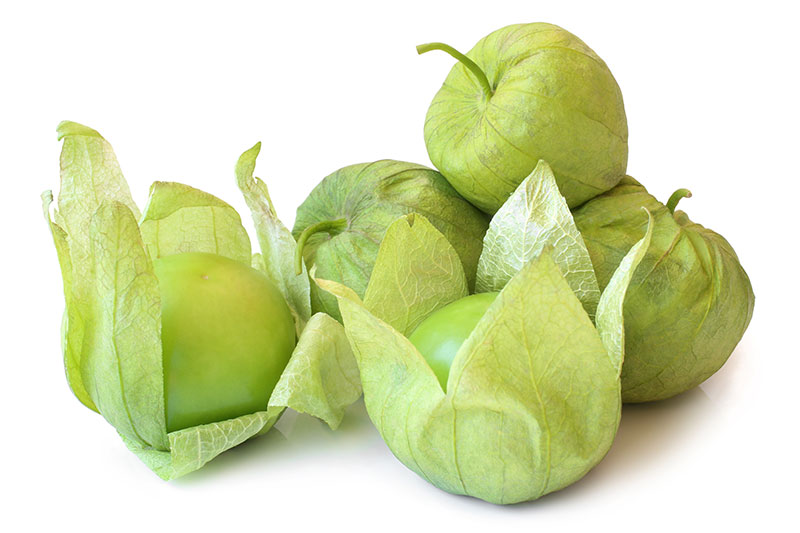
Essential for traditional Mexican cuisine, tomatillos are a small, round fruit with uses similar to those of regular tomatoes.
If used during its early stages, it provides a sour flavor, essential for Central-American salsas. If harvested after reaching maturity, it gives a sweeter taste that makes it suitable for stews, desserts, salads, and many other dishes.
Nutritionally, tomatillos are rich in dietary fiber, potassium, antioxidants, and niacin.
2 – Asian Pear

Pyrus pyrifolia answers to many names—Asian pear, Chinese pear, Japanese, pear, amongst others. Delightfully sweet and juicy, this fruit is perfect for eating raw or in a fruit salad.
Beyond their cultural relevance in Eastern Asia and its delicious flavor, the Asian pear is high in fiber, vitamin K, potassium, and many essential minerals.
1 – Yam
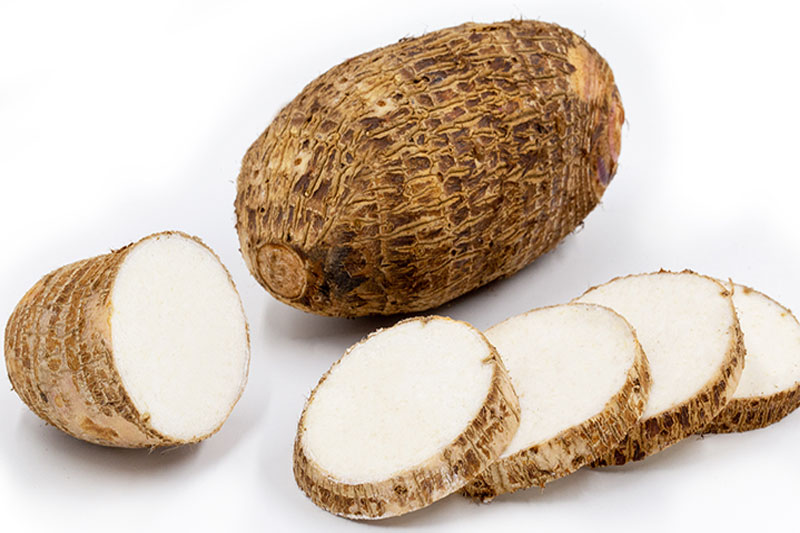
Similar to sweet potatoes, yams are edible tubers known as a staple food across Latin America, Africa, and Asia yet is not very valuable in the regular commercial market.
Packed with fiber, potassium, manganese, and vitamin C, yam is a nutritious food that has high versatility and a delicious taste. A particular yam variation called ube stands out due to its bright purple color, making it widely popular in dessert production.
While these different food crops enjoy popularity within particular cultures and countries, their delicious taste and nutritional value can enrichen international cuisine if we give it a chance.


